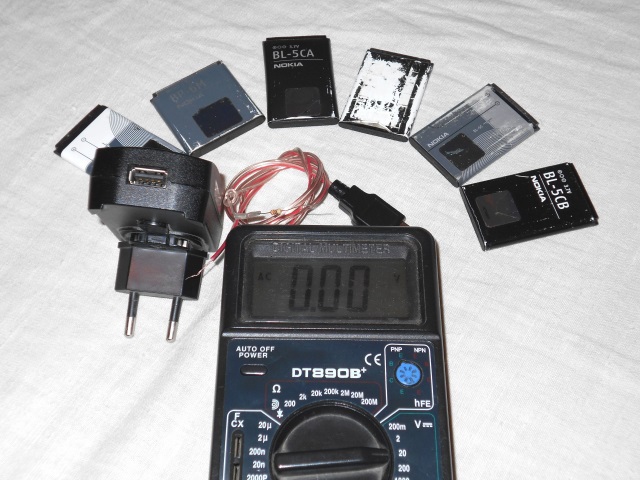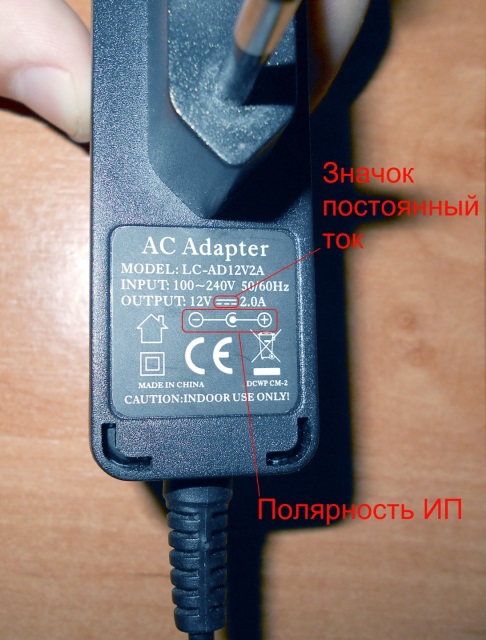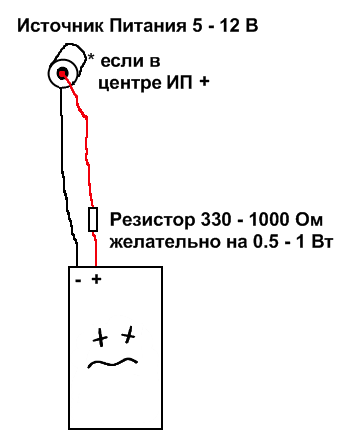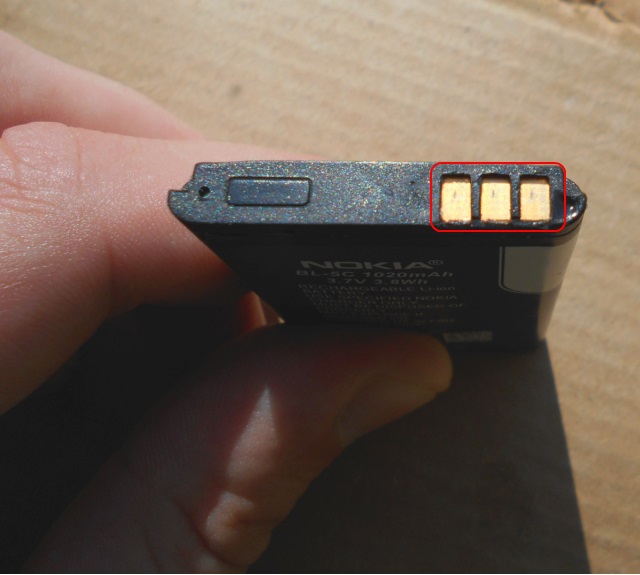An easy way to restore the health of Li-Ion batteries from portable devices

Hello to all users of Habr, today I will talk about how I’m still pretty simple, restore non-working Li-Ion batteries from portable devices before acquiring such a wonderful device like Imax B6. In this way, I restored the performance already, probably, to three dozen batteries from different gadgets, from cameras to MP3 players, but I note that I only recovered working capacity, so it’s not possible to return the capacity, and personally I haven’t met any ways to return the capacity for this type of battery . By the way, the capacity that will remain in the battery, very much depends on how much the battery has been in such a "clinical death".
I will say right away that this method does not pretend to something from the category “Wow, this is something new,” but, nevertheless, not everyone knows about it. The essence of this method is to "push" the battery.
')
Here is a video of the whole process:
(the information below will duplicate the information provided in the video)
In order to try to bring the battery back into life, we need:
- A power unit that produces a constant voltage from 5 to 12 volts;
- Resistor nominal from 330 to 1000 Ohms, designed for power 0.5 W, and it would be nice and more powerful;
- Voltmeter to monitor the voltage (optional).
As a rule, most power supplies from Wi-Fi routers, switches and modems come with a 2.5 mm plug, for example, such as in the photo:

Almost always the center pin of the connector has a plus, and a side minus, and, as a rule, the polarity is depicted on the power supply case itself:

As you can see in the photo, my unit produces a constant voltage of 12 V. This is indicated by an icon in the middle between 12V and 2.0A.
The power supply current must be higher than 0.1 A.
Disconnect the power supply from the network to protect against short circuits that can damage the unit, connect as shown in the figure, namely, plus 12 V to one end of the resistor, and the other end of the resistor to the battery plus (usually the battery has the specified polarity , if not, then you need to somehow find out where the plus and where is the minus), minus the power supply unit is connected to the minus of the non-working battery.

We look at the voltage, if there is such an opportunity, it should start to grow slowly, as soon as it rises to 3.3. Then we charge by the device itself, from which the battery, after that it is necessary to monitor the temperature of the battery throughout the entire charging process, whether it starts to try heats up, if the battery starts to be more than warm or hot, immediately remove the battery from the device, it is no longer recoverable.
If there is no possibility to look for voltage, then we do such a charge for a minute or two, and insert it into our device to see if it accepts the battery or not.
Let's calculate the battery charging current according to Ohm's Law (I = U / R) for the case of a 12 V power supply:
12 V / 330 Ohm = 0.036 A (36 mA), that is, the charge current will be 36 mA, or if you take a resistor of 1 Kilohm then it will be 12 V / 1000 Ohm = 0.012 A (12 mA).
That is, at 12 V supply voltage, the charging current will be 36 mA, this is if you use a 330 Ohm resistor, and if you take a resistor for 1 KΩ resistor, then the charging current will be 12 mA.
For the case of a 5-volt power supply (as a rule, it is charging for smartphones):
5 V / 330 Ohm = 0.015 A (15 mA), that is, the charge current will be 15 mA, or if you take a resistor per 1 kΩ then it will be 12 V / 1000 Ohm = 0.005 A (5 mA).
As we see in this case, the charging current and, accordingly, the voltage rise rate on the battery will be lower, so for a case with a 5 V power supply you can take a resistor from 100 Ohm, 5 V / 100 Ohm = 0.050 A (50 mA).
I do not advise abusing charging currents (50 mA is more than enough for a “push” of the battery) and over-voltage above 4.2 V, there is enough video in the network with ignition of lithium batteries, for example:
So the whole process of restoring the battery should, is carried out only under supervision. The main thing for us is just to take the battery out of the state in which the controller, inside the battery, disconnects the battery from the load.
Why does this work?
The fact is that in batteries from many portable devices there is a controller that monitors the voltage on the battery, if the battery is not used or it has been lying for a long time in a discharged state, then the controller turns off the switch that connects the battery from the pads to which it connects device.

This is done either to protect the device or in order for the consumer to buy a new product after some time.
All my publications .
PS There is another way I used for a long time, instead of a resistor, take a computer fan of 80x80 mm, although the minimum voltage in this case will be from 8 V. Well, the maximum is 16 V, but the method with a resistor is simpler, and not everyone has a fan.
PPS As people say in the comments, the risk of ignition of the recovered battery increases, especially at the time of the first charge, once again I focus on this, watch the temperature on the battery when you first charge.
PPPS I do not recommend restoring very old batteries that have lain in a dead condition for more than half a year, since they have a higher risk of fire.
Source: https://habr.com/ru/post/239211/
All Articles